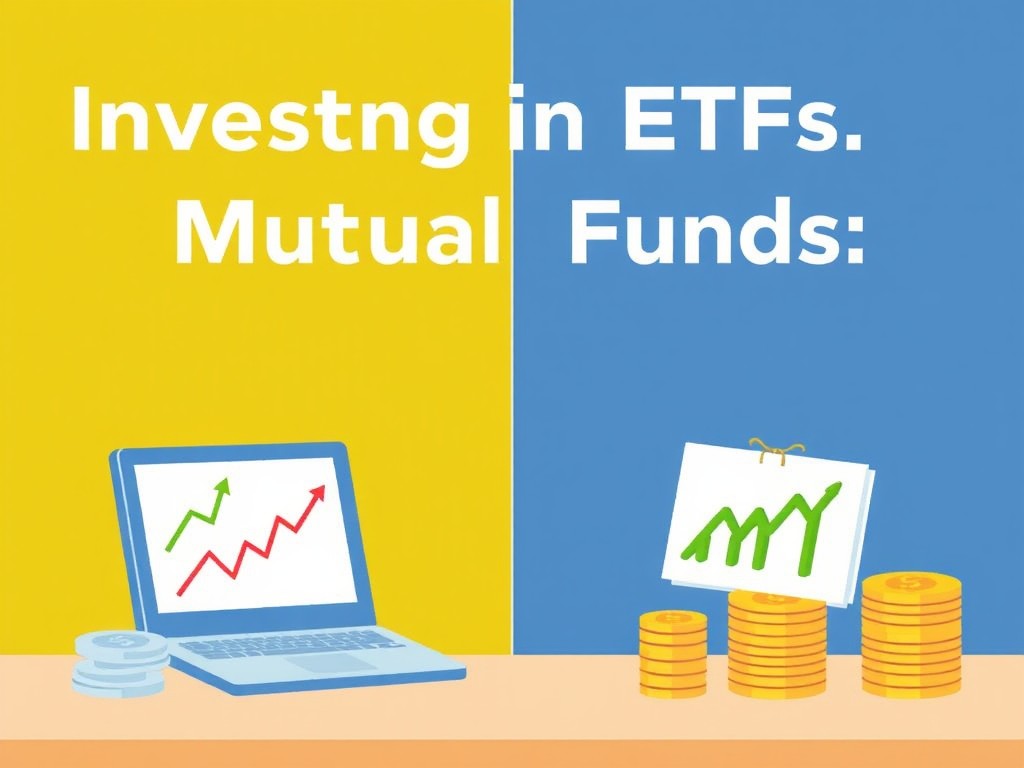As we step into 2025, the Canadian real estate market is poised for a transformation, driven by renewed investor interest and shifting economic dynamics. Experts are predicting a fresh cycle in the sector, characterized by falling borrowing costs and improving investor sentiment. Here’s what you need to know about the evolving landscape of Canadian real estate.
A Shift in Investor Sentiment
According to Reid Taylor, senior vice-president of capital markets at Colliers Canada, the macroeconomic environment is improving, with lower interest rates and inflation paving the way for increased investment activity. Although the market has experienced sluggishness over the past couple of years, Taylor believes that we are on the brink of a new cycle. He emphasizes that while we may not see immediate surges in activity in the first half of 2025, the consensus is that the worst is behind us.
Investors are already showing heightened interest in specific sectors, particularly grocery-anchored retail properties, which are seen as essential amid changing consumer behaviors. Taylor notes that industrial and multi-family properties will continue to be staples in diversified investment portfolios.
The Rise of Individual Landlords
Phil Soper, president and CEO of Royal LePage, highlights the anticipated return of individual investors to the market. Many of these investors, who have faced challenges in recent years due to rising interest rates and fluctuating property values, are beginning to re-enter the scene. With approximately 4.4 million Canadians currently owning investment properties—and around nine million expressing interest in becoming investors—there’s a significant potential for growth in this area.
Soper points out that Canadians are increasingly recognizing real estate as a viable investment vehicle, comparable to RRSPs. As interest rates stabilize, he predicts a surge in activity from small investors and individual landlords, which will further stimulate the market.
Recovery in Residential Real Estate Sales
The residential market, which has faced significant downturns post-pandemic, is expected to rebound in 2025. Soper notes that while high interest rates led to a prolonged correction, the housing shortage in Canada has kept home prices relatively stable. As first-time buyers, who had previously been sidelined, begin to enter the market, this sector is likely to see renewed vigor.
With the Bank of Canada moving towards lower interest rates, first-time buyers are motivated to act before prices potentially rise further. Soper estimates that overall home prices could rise by about six percent by the end of 2025, with single-family homes seeing an increase of around seven percent.
Regional Insights
- Toronto: Aggregate prices are expected to rise by five percent, with single-detached homes projected to increase by seven percent.
- Vancouver: Aggregate prices may see a four percent rise, with single-detached units expected to gain two percent.
- Montreal: Anticipated increases of 6.5 percent in aggregate home prices, with single-family homes rising by 7.5 percent.
Potential for Office Market Recovery
While the recovery of the Canadian office market has been slower, there are signs of improvement. Taylor notes a “flight to quality,” with higher-quality, professionally managed office spaces in Toronto performing well. With an uptick in office trades, particularly in suburban areas, there’s optimism that as capital flows into other property types, the office market will also benefit from renewed investment activity.
Conclusion
As we advance into 2025, the Canadian real estate market is on the cusp of a significant transformation. With improving economic indicators, a resurgence of individual investors, and a recovery in residential sales, the outlook is promising. While challenges remain, particularly in the office sector, the groundwork for a new cycle is being laid. Both seasoned investors and newcomers alike should keep a close watch on these developments as opportunities for growth emerge in Canada’s dynamic real estate landscape.













Leave a Reply